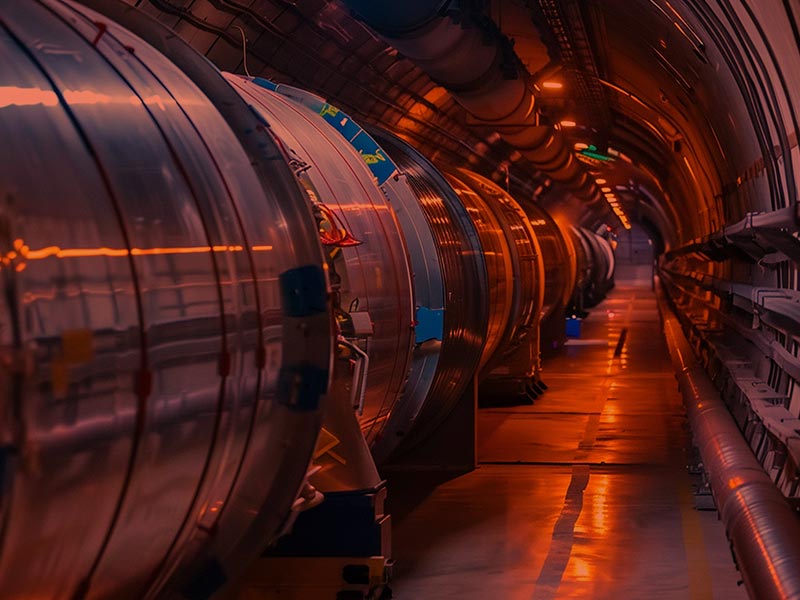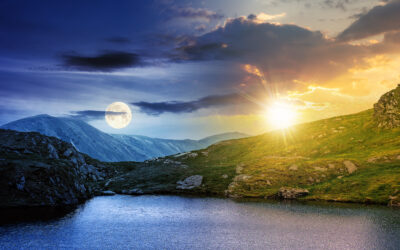When we think of the coldest places in the universe, we typically imagine the far reaches of space, distant from the warmth of stars. However, the coldest spot in the universe is actually right here on Earth, buried beneath the border between France and Switzerland. This icy location is found within the Large Hadron Collider (LHC), the world’s most powerful particle accelerator, operated by CERN (the European Organization for Nuclear Research).
The LHC, located near Geneva, Switzerland, is a 27-kilometer (17-mile) circular tunnel buried deep underground. This enormous facility is famous for groundbreaking scientific experiments, particularly its role in the discovery of the Higgs boson in 2012. But aside from its scientific achievements, the LHC is notable for reaching temperatures colder than the vacuum of space.
Outer space, while freezing by human standards, averages around -270°C (about 3 Kelvin) above absolute zero. However, the LHC’s superconducting magnets are cooled to an astonishing -271.3°C (1.9 Kelvin), which is even closer to absolute zero—the theoretical point at which all molecular motion ceases. These frigid conditions are necessary for the LHC’s magnets to function properly.
The reason the LHC operates at such extreme cold temperatures is due to the use of superconducting magnets, which are vital for guiding particles through the collider. Superconductors are materials that, when cooled to very low temperatures, can conduct electricity with zero resistance. This makes them highly efficient for creating the powerful magnetic fields needed to steer high-energy particles around the LHC’s ring at nearly the speed of light.
To achieve this ultra-cold environment, the LHC is equipped with a massive cryogenic system, one of the largest in the world. Liquid helium is used to cool the magnets to their operating temperature. Maintaining this level of cold is no small feat, and it’s essential for the LHC to carry out its high-precision particle collisions.
The extreme cold is one of the reasons why the LHC can push the boundaries of modern physics, allowing scientists to recreate conditions that existed just moments after the Big Bang. These experiments help researchers explore fundamental questions about the nature of matter, energy, and the universe itself.
So, while we may think of the vast, dark cosmos as the coldest place imaginable, the coldest spot known to us is actually right here on Earth, under the rolling hills of the France-Switzerland border, in the pursuit of unlocking the secrets of the universe!
Related Articles
The Science of Spring Equinox—A Balance of Day and Night
The spring equinox, which occurs around March 19–21, is a celestial event when day and night are nearly equal in length across the globe. This happens because the Earth’s axis isn’t tilted toward or...
The History of Green Beer—A St. Patrick’s Day Tradition
Green beer is a St. Patrick’s Day classic, but you might be surprised to learn that it wasn’t invented in Ireland—it was actually created in the United States! The first known instance of green beer...
The History of the Lucky Rabbit’s Foot—A Strange Superstition
The rabbit’s foot has long been considered a symbol of good luck, but its origins lie in ancient folklore and magic. Some cultures believed rabbits were supernatural creatures due to their burrowing...





